SaaS Wastage: The True Cost of Shelfware & Underutilized Software
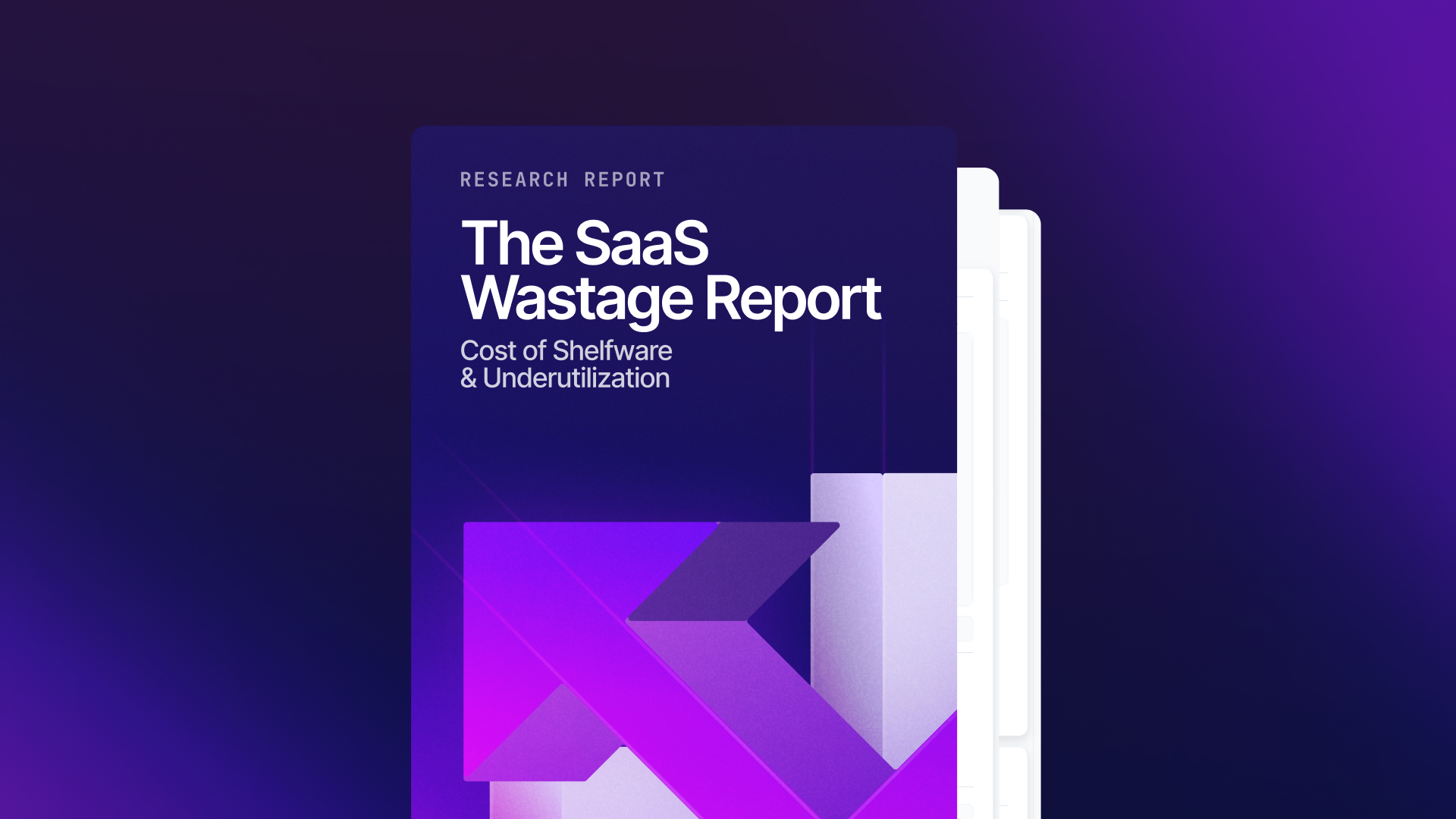



Take a self-guided tour of the platform.
How much are you wasting on SaaS?
See why Vertice is trusted by top procurement leaders.
Get the latest industry benchmarks, identify hidden costs, and learn how to optimize your SaaS spend – fast.



SaaS shelfware – software that's been purchased but is no longer used – is quietly draining IT budgets across industries. As tech stacks expand, so does the risk of paying for these tools that sit idle – something already happening with 21% of applications.
This quiet form of waste is often referred to as shelfware syndrome – a growing issue in modern software procurement, where licenses are purchased, only to be forgotten.
But shelfware is only part of the problem.
Even when subscriptions are technically active, many aren’t being used to their full potential. Our own data shows that an additional 45% of applications are underutilized – with organizations using less than half of the licenses they're paying for.
This combination of unused and underutilized tools contributes to a growing problem of SaaS wastage – one that procurement and finance teams can no longer afford to overlook.
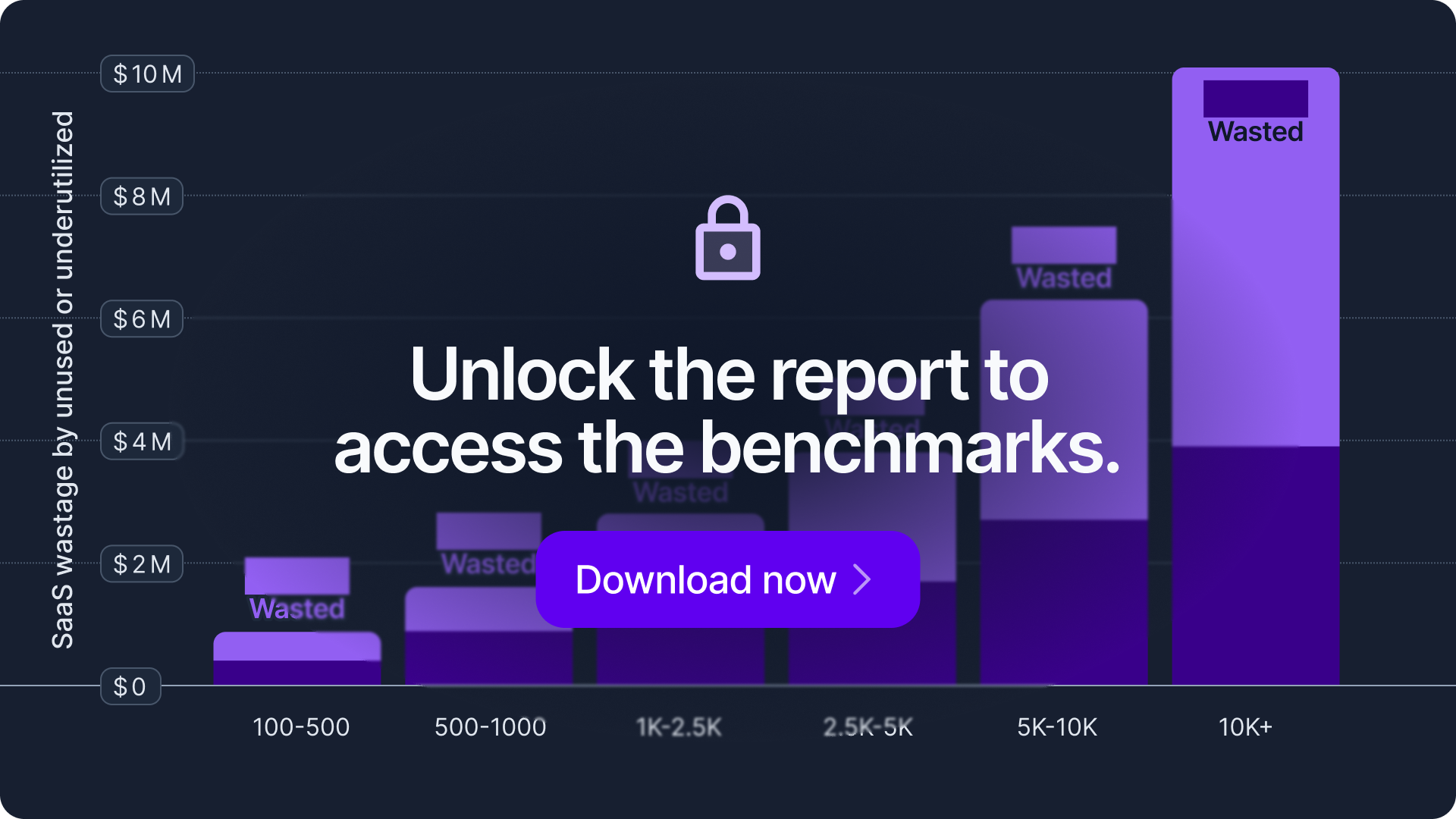
What is shelfware syndrome?
Shelfware syndrome occurs when software is bought but never deployed, fully implemented, or widely adopted. This typically happens when procurement decisions are made without clear implementation plans, user training, or ongoing engagement.
The result?
Wasted budget, bloated tech stacks, and a disconnect between spend and value.
In the SaaS world, shelfware syndrome is especially rampant due to the ease of purchasing and scaling software. But without proper tracking and utilization metrics, companies end up paying for software that adds no real operational value.
SaaS wastage and shelfware benchmarks
SaaS wastage refers to the unnecessary or inefficient spending on software – largely caused by unused licenses, overprovisioned seats, or unapproved tools that constitute Shadow IT.
But as SaaS stacks grow by an average of 7% year-on-year, the problem only intensifies.
More tools + trend of low usage = even more wasted spend.
It’s no surprise, then, that the volume of wastage has increased 12% in the past year alone, making this a rapidly escalating issue.
But how does your organization compare?
While many companies suspect they're overspending on SaaS, few have the data to pinpoint how much – or where the waste is hiding.
In our latest report, we analyze real-world SaaS usage across wide range of organizations to uncover:
- Which industries experience the highest levels of shelfware syndrome
- How SaaS wastage trends vary by company size and software category
- The types of tools most likely to go unused or underutilized
- Year-over-year shifts in SaaS overspending
These benchmarks provide a clear picture of just how widespread – and costly – shelfware has become.
Want to see how your stack compares to industry peers? Download the full report to access exclusive data and uncover the hidden drains on your software budget.
Why better procurement visibility is key to reducing SaaS wastage
Tackling SaaS wastage effectively requires more than just identifying unused licenses – it demands a deeper understanding of how software is purchased, tracked, and utilized across the entire organization. This is where SaaS spend management platforms with procurement analytics capabilities come into play.
These solutions give finance and procurement teams real-time visibility into software usage, contract terms, renewal dates, and vendor performance – helping to prevent overbuying, detect redundant tools, and pinpoint underutilized licenses before they become wasted costs.
Tracking the right procurement metrics is also crucial – from license utilization rates to spend per employee – as this enables organizations to more reliably benchmark performance, monitor trends, and take proactive steps to optimize spend.
With clearer data, tighter controls, and smarter decision-making, companies can significantly reduce waste while maximizing the ROI of their SaaS investments.
The cost of unused SaaS subscriptions
The impact of SaaS wastage extends far beyond just dollars and cents. It can:
- Put organizations at risk of security vulnerabilities, as unmonitored tools bypass procurement controls.
- Cause operational inefficiencies, with teams working across multiple platforms that serve the same purpose.
- Negatively impact employee productivity and satisfaction, leaving users overwhelmed by redundant tools, unsupported on the platforms they do need, or stuck navigating bloated SaaS stacks that slow them down.
But while these can all have a detrimental impact, the financial toll is often the most acutely felt – especially as finance leaders face mounting pressure to keep costs under control and maximize ROI.
So, just how much are companies losing on unused and underutilized software?
The short answer: more than most realize.
Breaking down the real cost of shelfware and underutilized SaaS
From entirely unused software to partially tapped tools that deliver a fraction of their potential value, SaaS wastage is eroding budgets of every size.
And with spend increasing year-over-year, the financial impact is far from trivial.
In our latest report, we reveal exactly just how much is being wasted on everything from overprovisioned collaboration tools to unused enterprise software.
Our benchmarking data goes beyond the surface, pinpointing which software categories are driving the highest levels of inefficiency, while revealing the staggering amounts being lost annually across companies of all sizes and industries – insight that will equip you to identify exactly where the hidden drains on your budget lie.
What’s more, we provide actionable steps on how you can eliminate instances of wasted software spend, helping you achieve maximum cost savings while getting optimal value from your SaaS investments.
.webp)



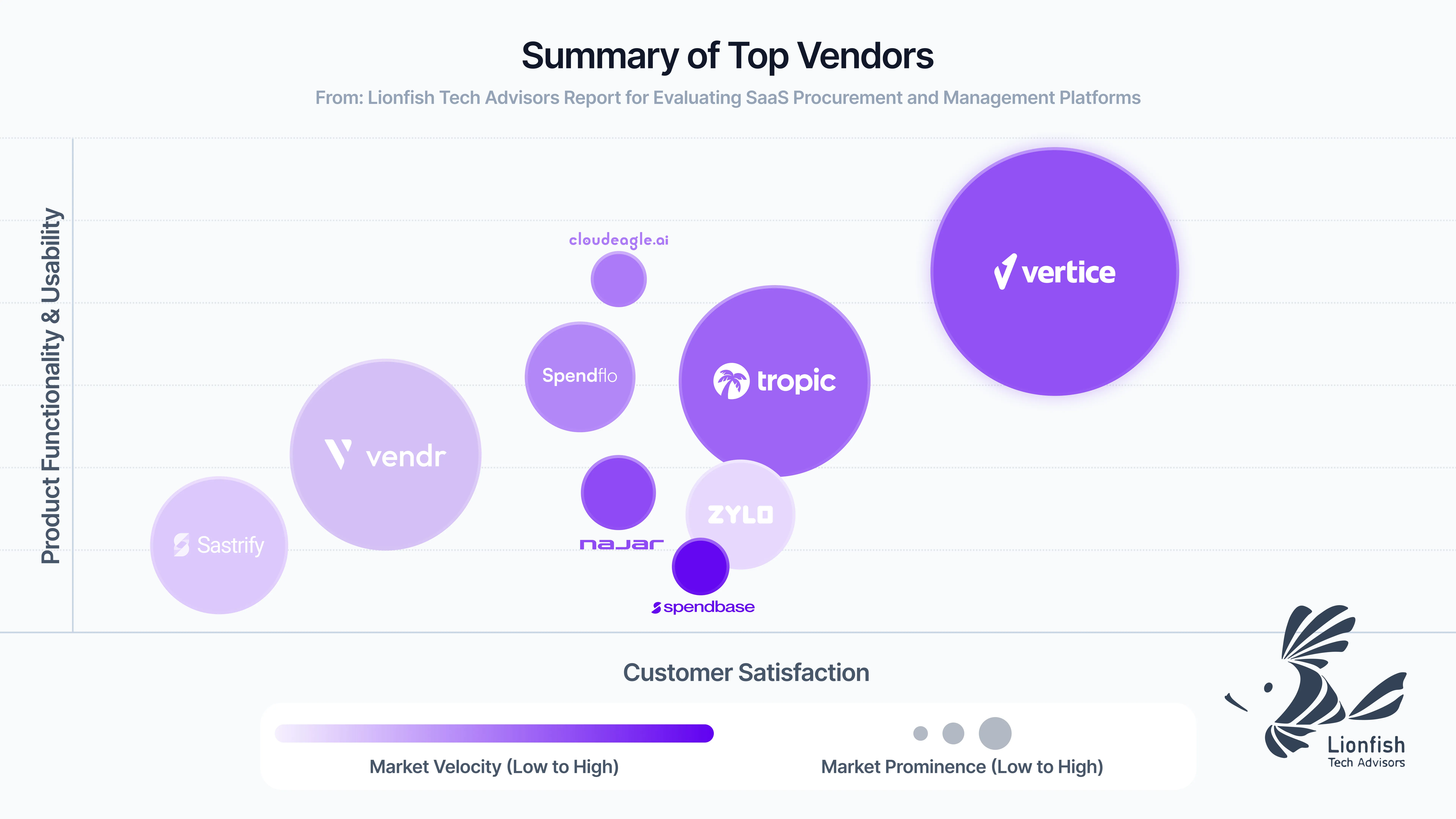


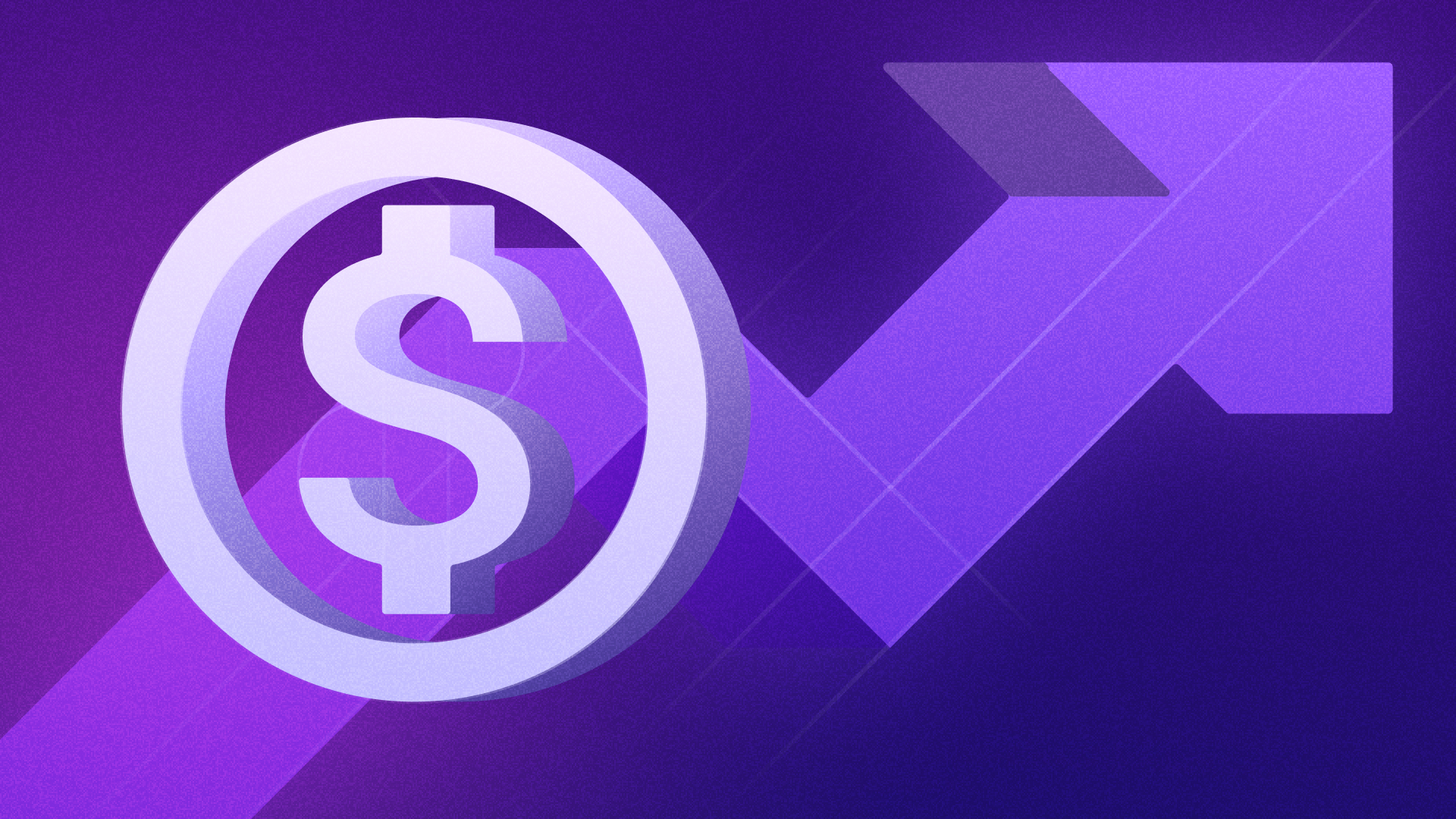

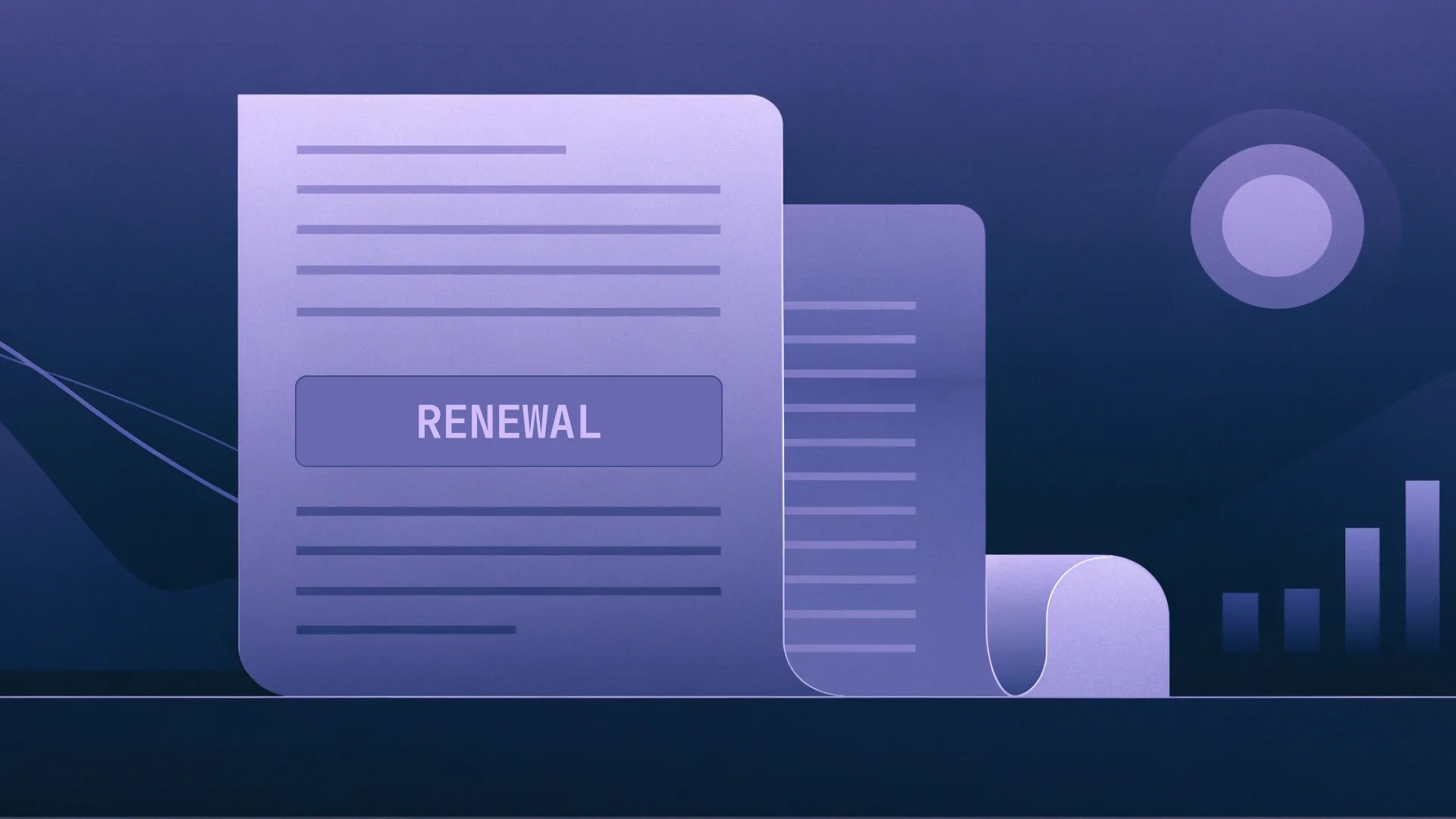
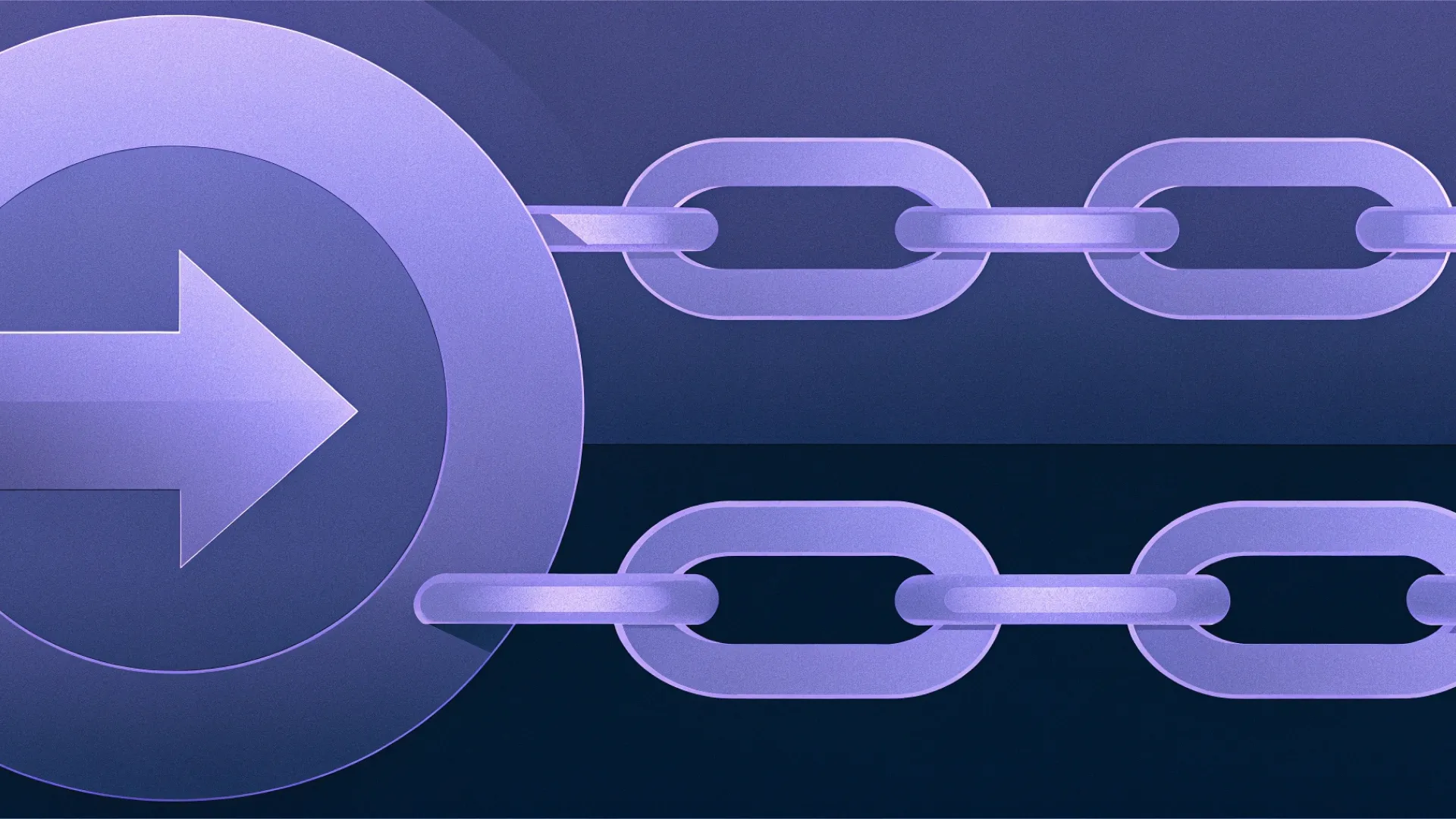
.webp)



